39 tableau format axis labels
Edit Axes - Tableau Right-click (control-click on Mac) the SUM (Sales) axis in the view and select Edit Axis. In the Edit Axis dialog box , select Fixed, click the Fixed End drop-down menu, and then select Independent. Click the X to close the dialog box with the current settings. Notice that the categories now have slightly different axis ranges. Date formatting for axis in Tableau - Stack Overflow Then when displaying the plot the x axis shows the decimal representation rather than the date. The date time information I have is of the form 08-11-2019 00:03 (dd-mm-yyyy hh:mm). When I convet it to decimal in Tableau it converts to a number representing the number of days since the 1st Jan 1900. As far as I am aware to display the data on ...
Tableau Formatting Series: How to Use Lines & Borders This is the second post in our series on formatting in Tableau. For other applications, see Tableau Formatting Series: How to Use Shading and Backgrounds. Lines vs. Borders. There are two distinct types of line formatting in Tableau, Lines and Borders. Lines are tied to an axis and are related to values in a chart.

Tableau format axis labels
visualization - How do I show an axis in Tableau - Stack Overflow 1 Answer. Right click on the field in the rows shelf and select "show header". Nice. Tableau isn't very nice when it comes to menus. Wouldn't think to use the pill itself. Displaying Different Number Format in the Axis and Tooltip | Tableau ... Navigate to Worksheet > Tooltip. Edit the tooltip to display the copied field in the Tooltip dialog box. Right-click the view and select Format . Use the Fields drop-down menu in the top right of the Format pane to select the desired field. Format the original field in the Axis tab to display no decimals. Tableau Cheat Sheet Aug 23, 2018 · Using the Marks card, you can switch between different chart types (bar, line, symbol, filled map, and so on), change colors and sizes, add labels, change the level of detail, and edit the tool tips. Rows and Columns Shelves : The Rows shelf and the Columns shelf is where you determine which variables will go on what axis.
Tableau format axis labels. Show, Hide, and Format Mark Labels - Tableau In a worksheet, right-click (control-click on Mac) the mark you want to show or hide a mark label for, select Mark Label, and then select one of the following options: Automatic - select this option to turn the label on and off depending on the view and the settings in the Label drop-down menu. How to Dynamically Change Axis Measures and Formats in Tableau Using ... First, create two separate sheets for each metric you want to display. You can duplicate functionality from one sheet and then format each y-axis appropriately. For the Sales chart, we format as currency, and for Profit Ratio, we format as a percentage. Sales Sheet Profit Ratio Sheet Step Two: Create a Calculated Field for Custom Filtering Creating Labels in Tableau Which Can Switch Between K and M Units ... The tricky thing about number formatting in Tableau is the default options only allow you to pick one format per field. That means you can pick K or M but not both. ... you can edit the layout of the fields in the Label section of the Marks Card so your end user can't tell that two different fields are being used for labels. ... Dual Axis Map ... Tableau - Formatting - tutorialspoint.com Formatting the Axes You can create a simple bar chart by dragging and dropping the dimension Sub-Category into the Columns Shelf and the measure Profit into the Rows shelf. Click the vertical axis and highlight it. Then right-click and choose format. Change the Font Click the font drop-down in the Format bar, which appears on the left.
Formatting Axis Labels and Lines - Building Interactive Dashboards with ... Formatting Axis Labels and Lines. Get full access to Building Interactive Dashboards with Tableau and 60K+ other titles, with free 10-day trial of O'Reilly. There's also live online events, interactive content, certification prep materials, and more. Start your free trial. How to assign custom Shapes Axis Labels in Tableau Now right click on the Position calculated field in from the columns shelf and click on the dual axis. After that click on any axis and synchronize the axis. Now change the chart type of Position calculated fields as ' Shapes ' and bar for other measure. Put the dimension field, Region in this case in the shapes option. Tableau Tutorial for beginners - Tutorial Gateway Tableau can connect to many data sources ranging from traditional excel, text, CSV files, etc., to advanced databases, including Microsoft Azura, SQL Server, Access, Analysis Service, Analytics, SalesForce, Oracle, SAP, Teradata, etc. This Tableau software is the most intelligent bi tool available in the current market. Tableau Tip: Conditional Axis Formatting Using an Axis Selector - VizWiz Step 2 - Create a map for each metric. Again, I end up with one worksheet for each metric. Step 3 - Create a bar chart for each metric, giving us three more worksheets for a total of nine. Step 4 - Create a parameter with a list of the metrics. Step 5 - Create a calculated field to get the value selected in the parameter created in Step 4.
A Deep Dive into Tableau's Format Pane - InterWorks Navigating to the Format Pane. The most surefire way of getting to the format pane is from the Format drop-down menu at the top of your Tableau window. In the second area of that drop-down menu are options to navigate to the different tabs of the Format pane. Here is how these options are displayed in the Format drop-down and in the pane itself ... Format Numbers and Null Values - Tableau Define a custom number format. To apply a custom number format in your viz: Right-click (control-click on Mac) a number in the view and select Format.; In the Format pane, click the Numbers drop-down menu and select Custom.; In the Format field, define your formatting preferences using the following syntax: Positive number format;Negative number format;Zero values;Text. Creating Conditional Labels | Tableau Software Drag the original Dimension ( Segment) onto the Columns shelf Drag the new calculated field right after it onto the Columns shelf. Right click and hide the first dimension by deselecting Show Header. Show the parameter and select the label that should be shown. Note: You can show or hide the labels for individual marks. Tableau Tip: Formatting Labels - YouTube If you like to make sure your dashboards are pixel-perfect, this Tableau tip is for you! We will outline several methods for formatting your chart labels for...
Custom Shapes as Axis Labels | Tableau Software Right click the "Custom Shapes" axis and select edit axis. Select the fixed range. Set the range the start to .9 and the end to 1.1. Click ok. Then, right click the x axis and uncheck show header. In the marks card, "Min (Custom Shapes)," select shape from the drop down menu. The shape button should now appear on that marks card.
How to in Tableau in 5 mins: Format Labels - YouTube Learn how to format labels in Tableau in 5 minutes with Priya Padham-----...
Custom Number Format Axis Label Changed When a View is Published - Tableau By the current design, Tableau Server cannot handle prefix and suffix literals that are not quoted. Tableau Desktop does not do any checking of the custom format. That is the reason that axis label formats are changed after a view is published to Tableau Server if the custom format contains unquoted literal. Did this article resolve the issue?
How can I format the axis title and axis labels separately? (e.g. one ... Answer Share 4 answers 2.49K views Darin Coulter (Customer) 8 years ago I think (emphasis on think) that if you right click your axis, click format. At the bottom of the Axis tab in that window there's a font box for Title at the bottom. You should be able to BOLD, format that text there and it will not impact your labels.
How to Independently Conditionally Format Table Columns in ... Jun 25, 2021 · Right-click on a column header title and select “Edit Axis…” Once the Edit Axis pop-up screen appears, change the ‘Title’ field entry to give the column a reasonable label name. Then click over to the “Tick Marks” menu at the top of the pop-up screen, update tick mark settings to “None”, and click “OK”.
How to Change the Orientation of the Field Labels Which Are ... - Tableau Tableau Desktop; Answer The field labels which are automatically generated could not be rotated to landscape by format setting. As a workaround, create a Calculation field of field names and add it to the view would have a similar view. The steps are as follows: 1. Create a Calculation field.
Tableau Essentials: Formatting Tips - Labels - InterWorks The first thing we'll do is format our labels. Click on the Label button on the Marks card. This will bring up the Label option menu: The first checkbox is the same as the toolbar button, Show Mark Labels. The next section, Label Appearance, controls the basic appearance and formatting options of the label.
Format Fields and Field Labels - Tableau In the view below, the Month(Order Date) field has been formatted so that the headers use the Tableau Semibold font, in blue. Notice that the header values along the Profit axis are not affected. To format a specific field: Right-click (control-click on Mac) the field and select Format. The Format pane opens to settings for the selected field.
Define Table Structure - Tableau You can modify these settings by selecting Analysis > Table Layout > Advanced to open the Table Options dialog box. There you can specify the aspect ratio, the default number format, row and column attributes, and the default label orientation for labels along the bottom of the view.
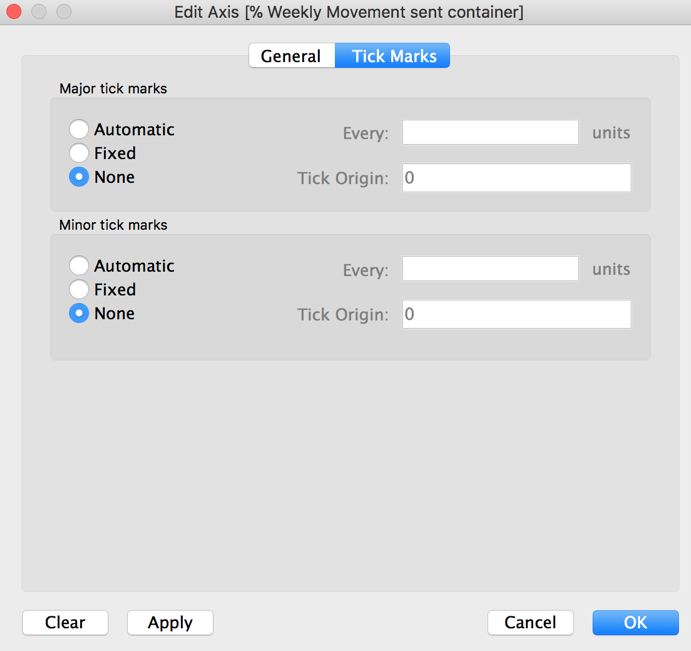
TABLEAU how-to :: Moving Axis Label from bottom to top | by Marija Lukic | OLX Group Engineering
How to Label Bin Ranges in Tableau - Les Viz Step 1: Create a Calculation. Here I've built in a parameter so I can adjust the size of the bins dynamically. If you only need it be a certain size, simply replace the purple fields with your bin size. str (INT ( [Fare]/ [Bin Size])* [Bin Size]) + ' - ' + str (INT ( [Fare]/ [Bin Size])* [Bin Size]+ [Bin Size]) The calculation works in ...
Edit Axis Labels In Tableau - EdgeGIANT Editing Axis Labels in Tableau Right click the area of your axis you want changed, and select Edit Axis to pull up the editor window. Change the Range selection from Automatic to Fixed Enter in the Beginning and Ending Values you want in your plot. Results will update automatically.
3 Ways to Conditionally Format Numbers in Tableau To change the format of a specific measure on the view, right-click its pill and choose “Format…”. This will open the Format pane where you can modify the format of the measure on the axis and/or within the pane (i.e. the numbers on the chart itself).
Tableau Cheat Sheet Aug 23, 2018 · Using the Marks card, you can switch between different chart types (bar, line, symbol, filled map, and so on), change colors and sizes, add labels, change the level of detail, and edit the tool tips. Rows and Columns Shelves : The Rows shelf and the Columns shelf is where you determine which variables will go on what axis.
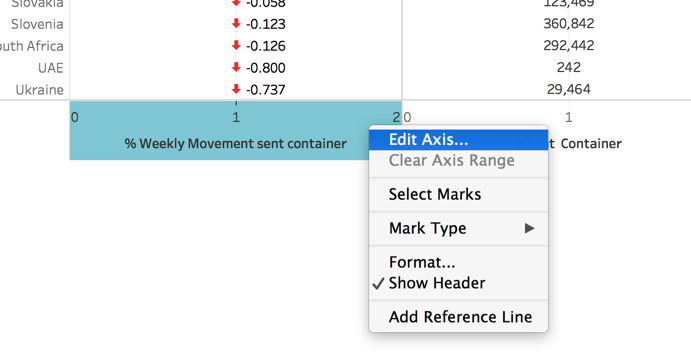
TABLEAU how-to :: Moving Axis Label from bottom to top | by Marija Lukic | OLX Group Engineering
Displaying Different Number Format in the Axis and Tooltip | Tableau ... Navigate to Worksheet > Tooltip. Edit the tooltip to display the copied field in the Tooltip dialog box. Right-click the view and select Format . Use the Fields drop-down menu in the top right of the Format pane to select the desired field. Format the original field in the Axis tab to display no decimals.
visualization - How do I show an axis in Tableau - Stack Overflow 1 Answer. Right click on the field in the rows shelf and select "show header". Nice. Tableau isn't very nice when it comes to menus. Wouldn't think to use the pill itself.




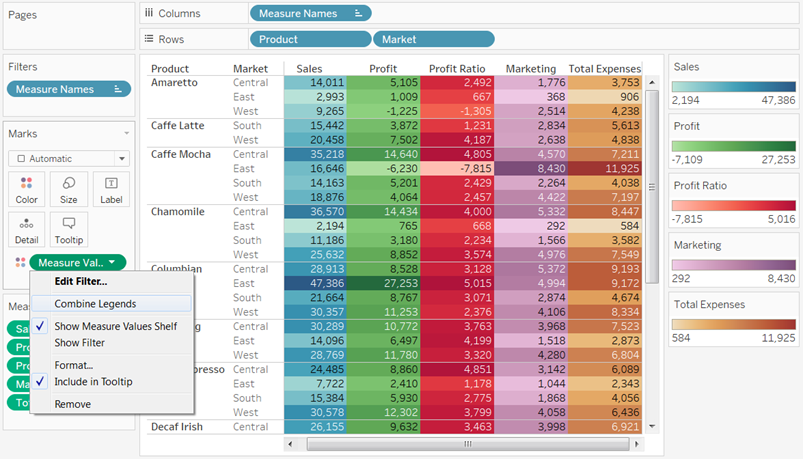
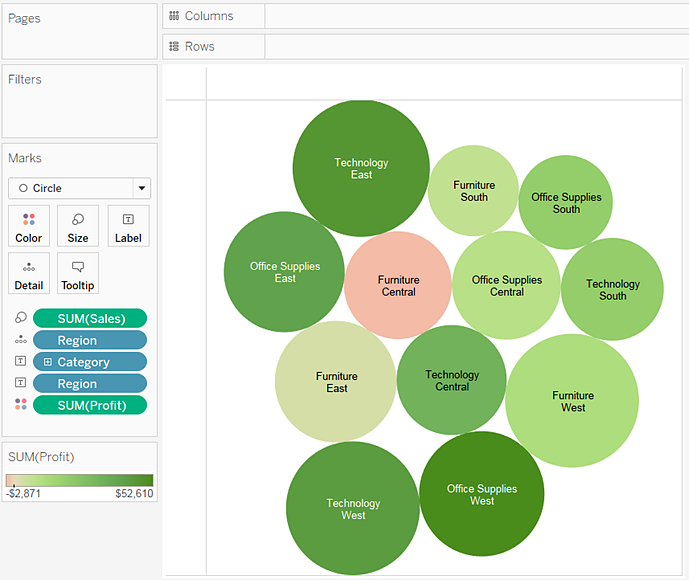



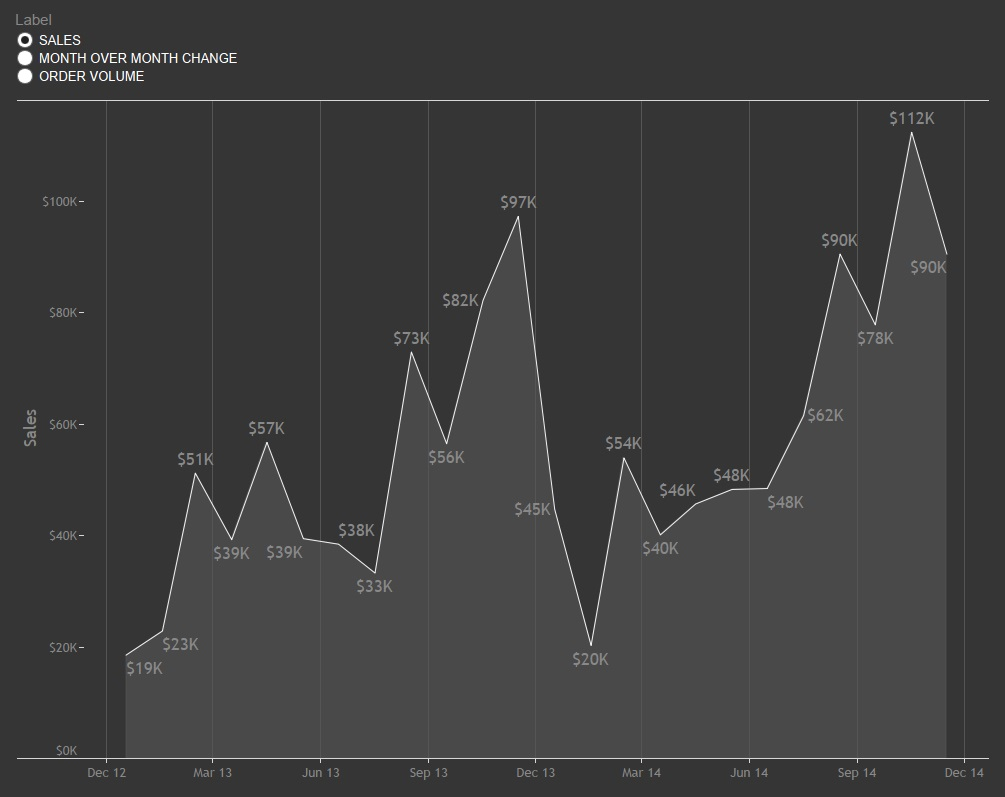


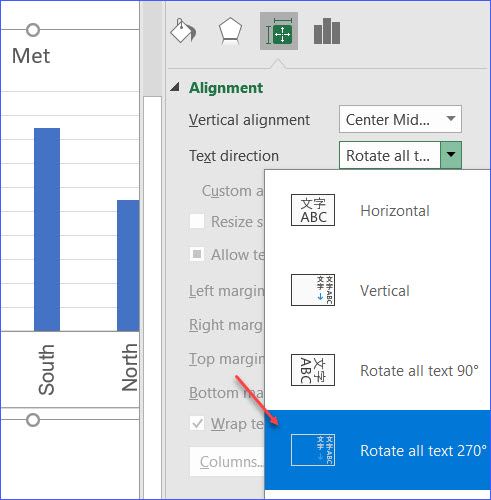

Post a Comment for "39 tableau format axis labels"